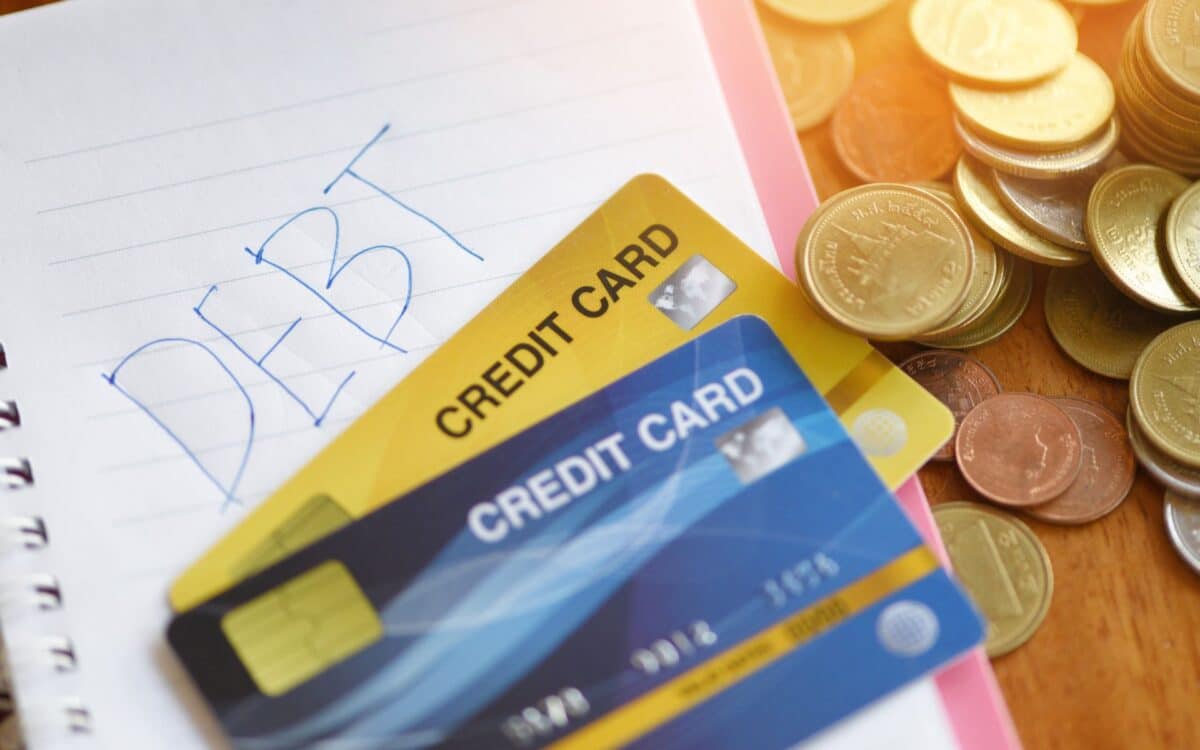Credit card debt continues to weigh heavily on millions of Americans, creating uncertainty for many households managing rising expenses. Total balances climbed to $1.18 trillion in the first quarter of 2025, according to CBS News, signaling a 6% increase compared to the same period last year — despite a slight dip from the end of 2024.
Average debt per cardholder now nears $8,000, while interest rates hover just below 23%, near all-time highs. These conditions have sparked growing interest in credit card debt forgiveness as a potential relief option. Yet this pathway demands careful evaluation and cannot be approached lightly.
Reviewing Alternatives to Credit Card Forgiveness
While the possibility of eliminating 30% to 50% of credit card debt may sound appealing, it’s important to first examine other available strategies.
Options such as credit counseling, debt management programs, debt consolidation loans, and balance transfer credit cards may offer a more appropriate solution, especially for those who are not severely delinquent or who wish to avoid credit score damage and lengthy resolution processes.
These alternatives may deliver faster or less disruptive outcomes depending on individual financial profiles. A clear assessment in May can help determine whether applying for debt forgiveness in June is actually the most suitable route.
Understanding Eligibility Requirements
Debt forgiveness programs typically follow strict qualification standards. To be eligible, borrowers usually must:
- Carry unsecured credit card debt of at least $5,000 to $10,000
- Be delinquent on payments
- Be able to demonstrate financial hardship, such as job loss or medical bills
These requirements vary by provider but are commonly enforced. Applying without meeting them can lead to automatic rejection. Borrowers should evaluate their situation against these criteria before proceeding further.
Preparing Key Documentation
Applicants must also prepare supporting documents that prove their hardship. These can include:
- Medical expense statements
- Proof of unemployment
- Letters verifying income loss
Having these documents readily available not only supports the application but can also reduce processing time. Since some paperwork may take time to gather, starting this task in May positions applicants for a more seamless submission in June.
Timing Matters for Successful Applications
With the next wave of credit card debt forgiveness applications likely opening in June, taking proactive steps now is critical.
This includes reviewing all available debt relief options, ensuring alignment with eligibility standards, and gathering documentation that supports claims of hardship.
Although forgiveness may not suit every financial scenario, for qualifying borrowers, it offers a possible path to restructuring debt and restoring financial stability. Starting early improves the chances of a successful outcome in June and may help set the foundation for long-term recovery.









